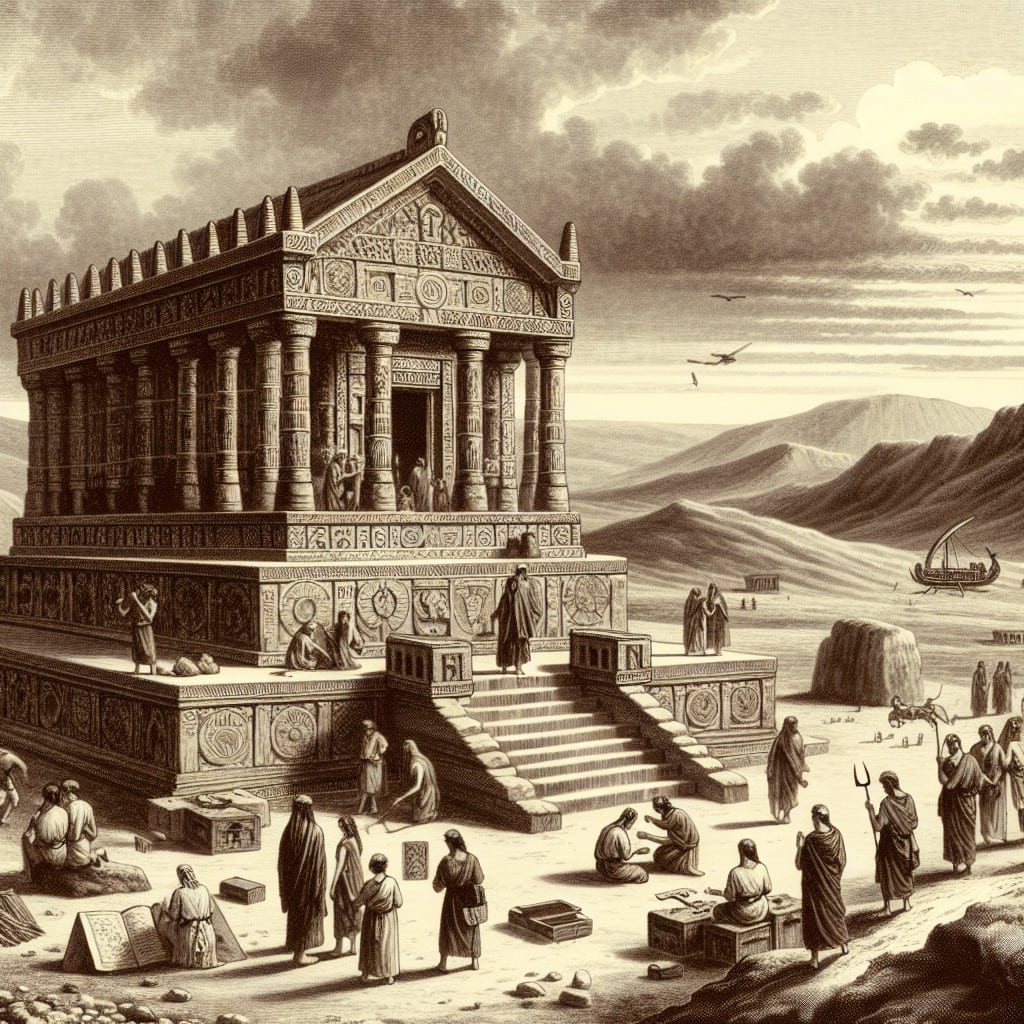The Pagan Empire was an ancient civilization that rose to prominence in the 8th century AD, ruling an area in Central Asia that stretched from the Black Sea to the east and the Aral Sea to the west. This empire was characterized by a unique culture and religion that incorporated elements of both Christianity and paganism. The Pagan Empire left behind a rich legacy, influencing the development of civilization in the region for centuries to come. In this article, we will explore the history of the Pagan Empire, its beliefs and customs, and its lasting impact.
The Pagan Empire was a powerful empire that existed from the 9th to the 13th centuries in what is now Burma. The empire was founded in 849 AD by the King Anawrahta, who unified the various city-states of the Irrawaddy River valley. During its 200 year reign, the Pagan Empire was one of the largest and most powerful empires in the world, stretching from present-day Bengal to Thailand.
History of the Pagan Empire
The Pagan Empire was founded by King Anawrahta in 849 AD, following a successful military campaign in which he conquered the various city-states of the Irrawaddy River valley. Under his rule, the Pagan Empire became one of the most powerful empires in the world, extending from present-day Bengal to Thailand.
The Pagan Empire was highly centralized and was ruled by a powerful monarchy. Its economy was mainly based on agriculture, and its art and architecture were heavily influenced by the Indian subcontinent. The reign of the Pagan Empire saw an unprecedented level of intellectual, artistic, and religious development, as well as a flourishing of Theravada Buddhism.
The Pagan Empire was ruled by a succession of powerful kings, beginning with King Anawrahta. The kings of the Pagan Empire were absolute rulers and wielded immense political, military, and economic power. They were also highly religious, and Buddhism was the state religion.
The kings of the Pagan Empire were patrons of the arts, and they built many impressive monuments and temples. They also encouraged learning and scholarship, and established several centers of learning, including the famous Pagan University.
The Fall of the Pagan Empire
The Pagan Empire began to decline in the late 12th century, and by 1287 it had been conquered by the Mongols. The fall of the Pagan Empire was due to a combination of internal and external factors, including invasions by the Mongols, internal unrest, and the emergence of new political powers in the region.
Legacy of the Pagan Empire
The Pagan Empire left a lasting legacy in the region. Its art and architecture, as well as its religious and intellectual achievements, still influence the culture of Burma and its surrounding countries. Furthermore, the Pagan Empire was the first to unify the region, which served as the foundation for the modern nation of Burma.
Conclusion
The Pagan Empire was one of the most powerful empires in the world during its 200-year reign, and it left a lasting legacy in the region. Its art and architecture, as well as its religious and intellectual achievements, still influence the culture of Burma and its surrounding countries. The Pagan Empire was the first to unify the region, which served as the foundation for the modern nation of Burma.
The Pagan Empire was a remarkable achievement of human civilization, and its legacy continues to be felt today. It was a time of great religious and political diversity, with a wide range of beliefs and practices. Its many achievements, such as its sophisticated bureaucracy, complex irrigation systems, and rich cultural heritage, demonstrate the sophistication of the civilization. Despite its eventual decline, the Pagan Empire was an important part of the world’s history and a testament to the power of human ingenuity. **Its impact is still felt today, and it serves as a reminder of the importance of understanding and appreciating different cultures and beliefs.**





